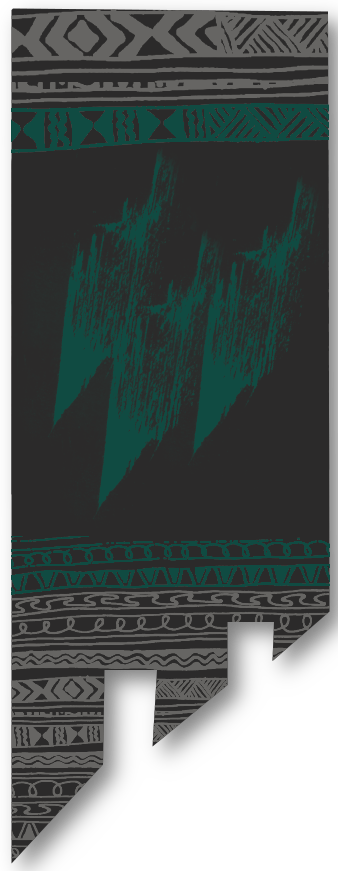
the ubir
in the flesh we consume you, in the spirit we bind you
the past & the present
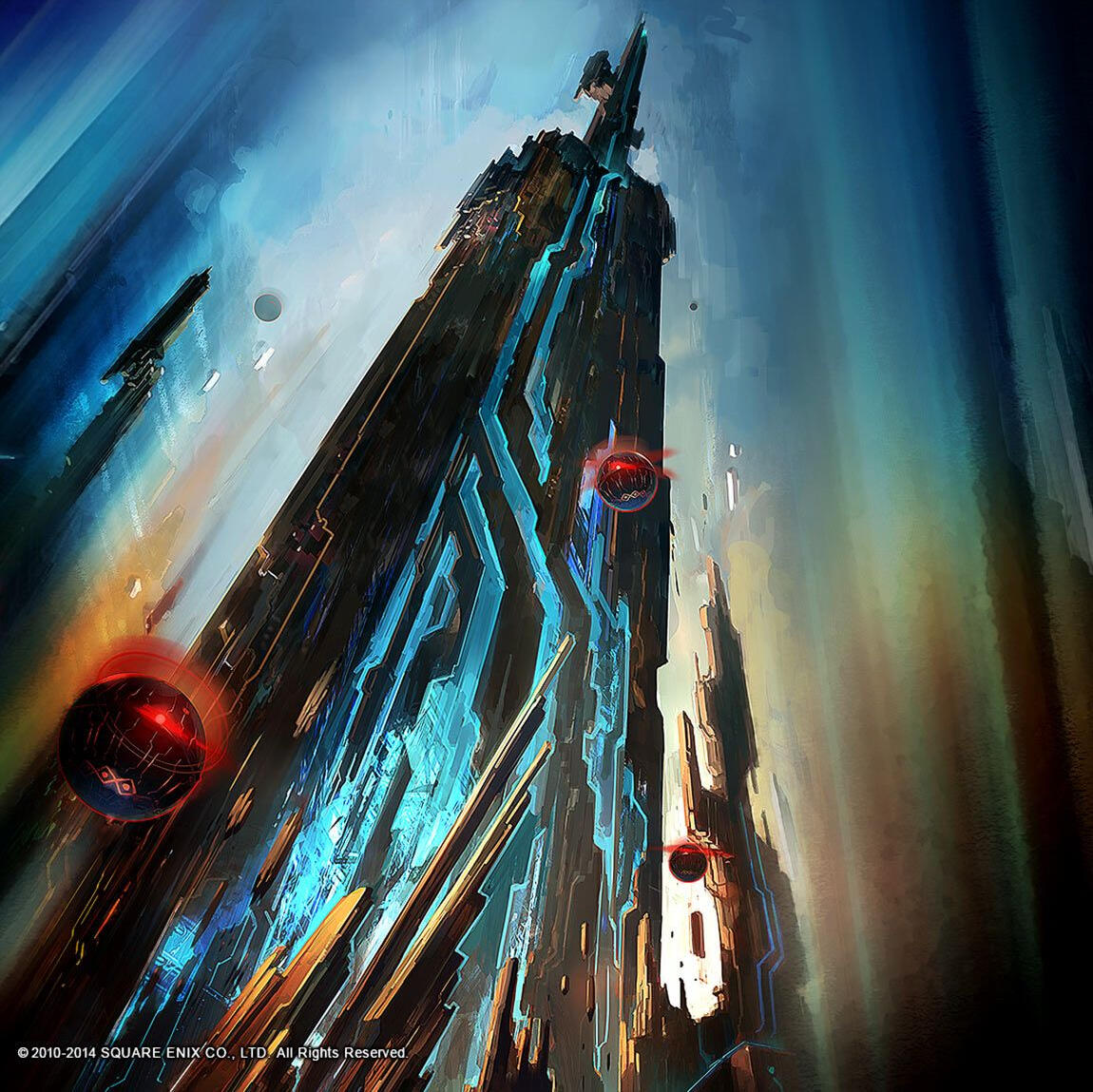
Folklore and legend tells of the time before there were Ubir - when their ancestors were ruled over by beings with impressive power and terrifying machinery and magic. These beings were served by creatures of otherworldly origin - demons and monsters whom lived even after death itself.Those who would be Ubir rankled under the oppressive rule of these ancient masters and their demonic servants - forced to obey or they would become food for the monsters themselves. Even with that threat, they would gnash their teeth and harden their hearts, waiting for their moment.That moment came when the skies burned red, the earth itself rose up against the oppressors, and the very moon struck them down. The Ubir, too, rose up - falling upon the voidborn beasts with wild, unrelenting hunger. The last of them - a king amongst it's kind - spat out a curse as it was consumed. If in their hunger they would feast of it's flesh, then for the rest of their days they would be hungry.On that day, the Ubir bought their freedom...and their curse.
Ever since those fargone days, the Ubir have kept their tradition - and their burden. Hunters of voidsent, they ritually devour their flesh and blood, binding the demons to their very flesh. In this way, they prevent them from escaping to the Void, to be reborn and live once more.Nhaama, in all Her grace and glory, had destroyed their oppressors - and given them this holy task. Never again would the voidborn crawl across the world's face in such number - not so long as the Ubir hungered.And their hunger was ceaseless.
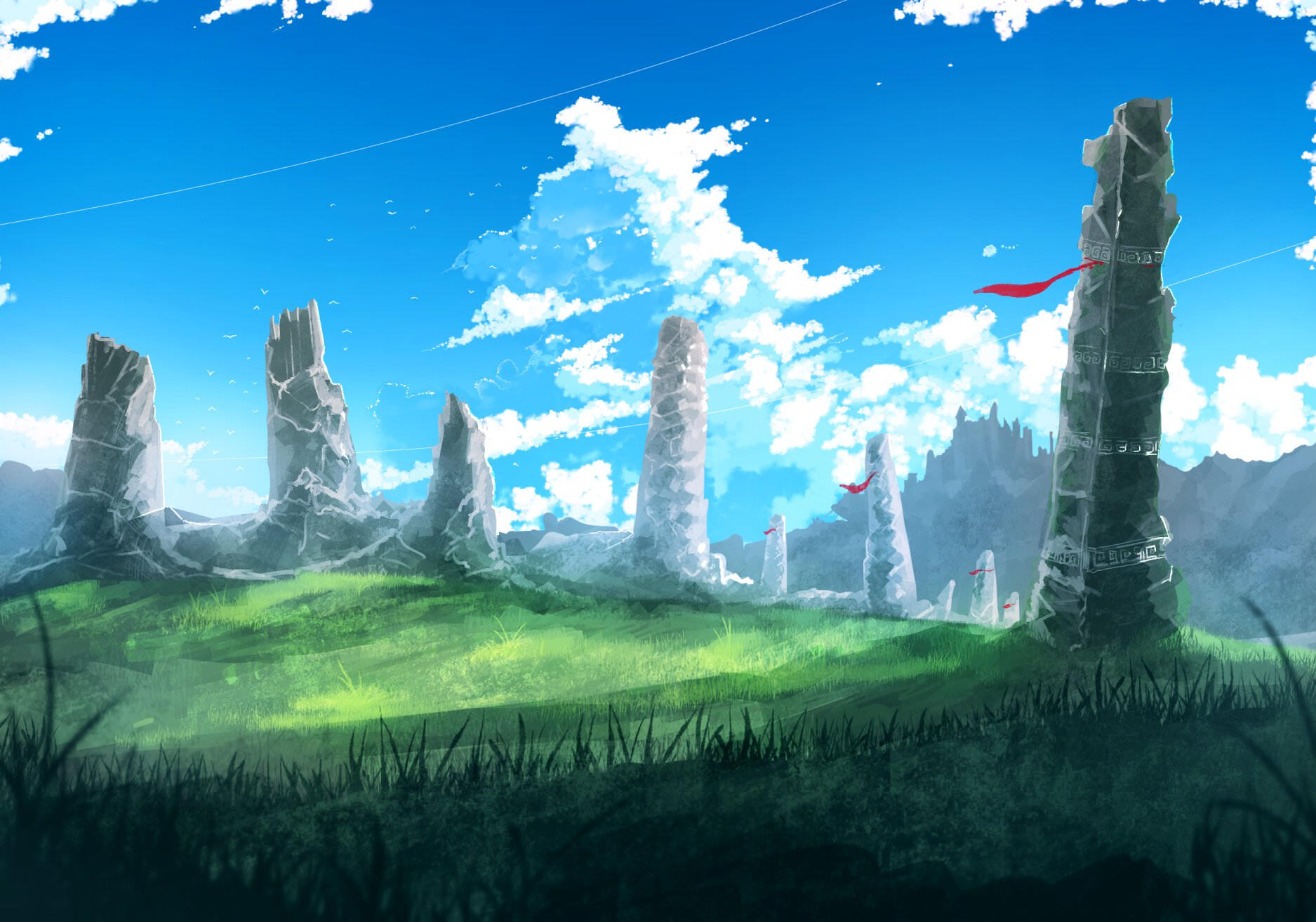
ubir khaa & the maw

The home of the Ubir is in the mountainous regions north of the Azim Steppe, in the misty forests that dot the mountainside. Here, the Ubiri tribesfolk roam and hunt their prey, in loose bands that often set up camps and break them down once the hunt is done.An exception to this, however, is Ubir Khaa, their permanent home in the mountains. Nestled around a natural spring, the Ubiri home is deep within the forests, almost impossible to arrive at without knowledge of the mountain itself. The Ubiri elders and children reside at the khaa, and here the khans hold their seat, ruling the tribe when not hunting alongside them.
Ubir Khaa, and the spring that gives it life, is situated near a massive pit in the mountains, lined with serrated, sharpened stones that give the eerie appearance of teeth lining a massive gullet. The Ubir have named this place The Maw, and routinely will travel up to it’s lip to make offerings to the gods, tossing in beastkin whole to be gashed apart by the stones below.One of a few holy sites, the Ubir defend the Maw ferociously, and most outsiders are barred from even approaching. The Maw has a strange, unsettling presence to it - strange noises and hallucinatory visions are commonplace near it's lip and within it's depths.

ubiri culture

mutations
Voidsent flesh is toxic to most - it is only the generations of exposure and consumption that have given the Ubir the unique ability to eat it without immediate negative side effects. However, many children of each generation are born with mutations - extra horns, claw-like fingers, pupil-less eyes, forests of teeth, black ichorous blood - and these mutations often cause outsiders to think of them as demons themselves. For this reason, the tribe has been forced to become mostly self-sufficient. Far-ranging Ubir often swathe themselves in wraps and heavy clothes to hide particularly noticeable mutations.
beasts of burden
Given the nature of their homeland, the Ubir don't make use of the dzo as a pack animal. Instead, they travel with large mountain lizards - both as pack animals and hunting companions. Heavily scaled and adept at climbing, the scalekin are the preferred mount of most tribespeople. They possess an organ that allows them to breathe fire, a trait the Ubir are quite happy to take advantage of.When it comes to travelling long distances, the Ubir make use of the large falcons and yol that roost in the forest.
Family Units
A family unit make take any shape amongst the Ubir - everyone is expected to uphold their duties - there's no such thing as a stay at home parent. Tribespeople are free to bond and live with whomever they please - in fact, they are encouraged to seek out companionship. Bonded pairs usually hunt together - watching each other's backs and sharing in the glory.Due to their dangerous lives, it's very common for warriors to take in children that aren't their own if their parents are killed - raising them and watching out for them.
the council of elders
Few Ubir make it into old age. Those that do occasionally elect to remain at the Khaa to advise the khan and the tribe as a whole until they are no longer fit for any duty.The council serves both as a religious body and a political one - working alongside the warriors to map out hunting trails, and handling most interactions with outsiders. They also interpret the will of Nhaama and divine the influence of the Void on the world - sending the Ubir out to bind it away within.
Cuisine
On average, Ubiri cuisine is difficult for outsiders. Given their regular intake of voidsent flesh and blood, the older an Ubir is, the more their sense of taste has been abraded. As such, food is usually prepared with seasoning to the extreme. Mild for the Ubir is painfully hot to most, and anything truly spicy would be dangerous to eat. Ubiri people usually prefer heat and intensity in their dishes - and their palates have gotten used to a wide variety of tastes. Given the forest's lack of large game like dzo and mammoths, vilekin are relatively common, as is almost anything else they can catch and cook.
body painting
Ubir, like many xaela, make use of paints in various ways, predominantly black and teal colors in everyday use. Many Ubiri warriors paint their faces and bodies before hunting voidsent, to make themselves more fearsome to the fiends before felling them. Ubiri shamans use paints in their magic, creating magical symbols and arcanima across their very skin. Most often used in protection or ritual, these arcane tattoos find most use in assisting tribesfolk with restless demons - the shamans paint a complex set of protection sigils across their bodies to quell the demonic spirits.Celebration often calls for painting oneself, and the Ubiri bring about great deals of vibrancy and colors when doing so. It’s a far more jovial and genial occasion than the day to day lives of Ubiri men and women, a chance many children jump at, painting themselves in bright reds and yellows.The bodies of the deceased are painted by the tribe’s shaman or elders, ritual symbols that will help hold their demons until the vital organs can be removed, and to aid the passing of their souls into the next life, free from the burdens of their eternal hunt.
the market
The market held in Ubir Khaa mostly serves the tribe - visitors aren’t frequent enough for the clientele to be particularly diverse, and even rarer still that the Ubir make the journey into the lowlands to bring their market to the other tribes.The Ubir certainly have some consideration for material wealth, though mostly in worldly, valuable goods such as furs, ivory, tools and weapons. Jewelry is not an uncommon display at the market either, largely bone crafted trinkets, smoothed onyx, or small items of precious metals. Pelts and skins of fierce beasts are also seen, though most are kept by the hunters as bragging rights and status symbols.
faith
Ubiri belief dictates that the voidsent they consume are bound within their flesh - unable to be free to cause havoc as they will. Such a belief is the origin of the tribe's role as the gaolers, becoming living prisons of the damned. Each hunt adds another "inmate" to the roster, trapped within the body of the hunter. This, they believe, was the reason Nhaama struck down their oppressors in ages past - and thus, their hunt is a sacred calling they must perform for Her.When a voidsent is felled, the Ubir consume it's eyes, heart, and liver - draining it's aether into themselves. The rest of the body is either burned or thrown into the Maw. In a similar fashion, when one of the Ubir die, the very same organs are consumed by the survivors - usually immediate family or close friends. There is no greater sin to the Ubir than to leave a voidsent to escape, or to fail to carry out their sacred duty to carry the burdens of the fallen.In old age, many Ubir hear voices and hallucinate - an affliction they attribute to the voidborn inside straining against their weakened, aged bodies. Such Ubir often volunteer to be consumed, letting their tribemates carry their burden onto the next generation. Ubiri children are not considered of age until they have slain and eaten their first voidsent, thus beginning their long journey as a gaoler.
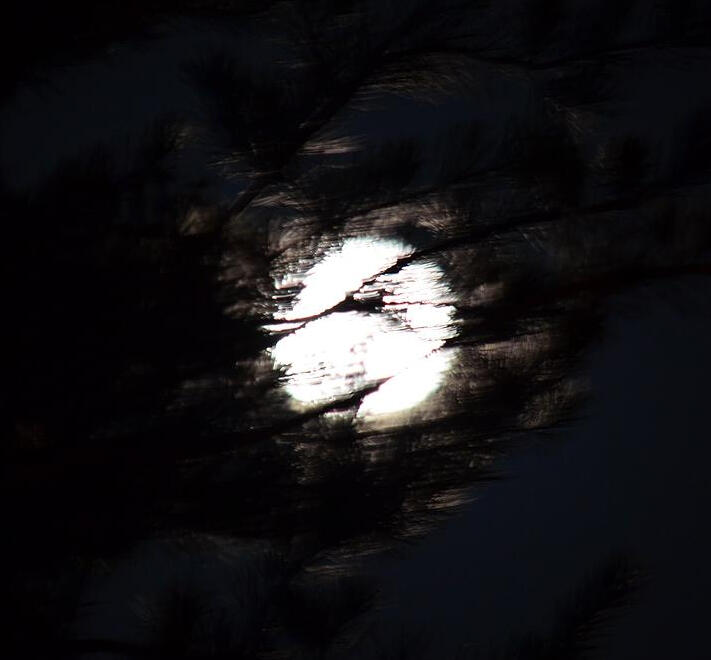
Particularly superstitious (or perhaps experienced) xaela or even far off Othardians will sometimes bring the bodies of their deceased to the edges of Ubiri territory, as offerings to the tribe and as a method of preventing their fallen from becoming ashkin. The Ubir treat these deceased much the same as any of their own, performing the consumption ritual upon them and making sure their souls pass on to the hereafter with ease.
what others know
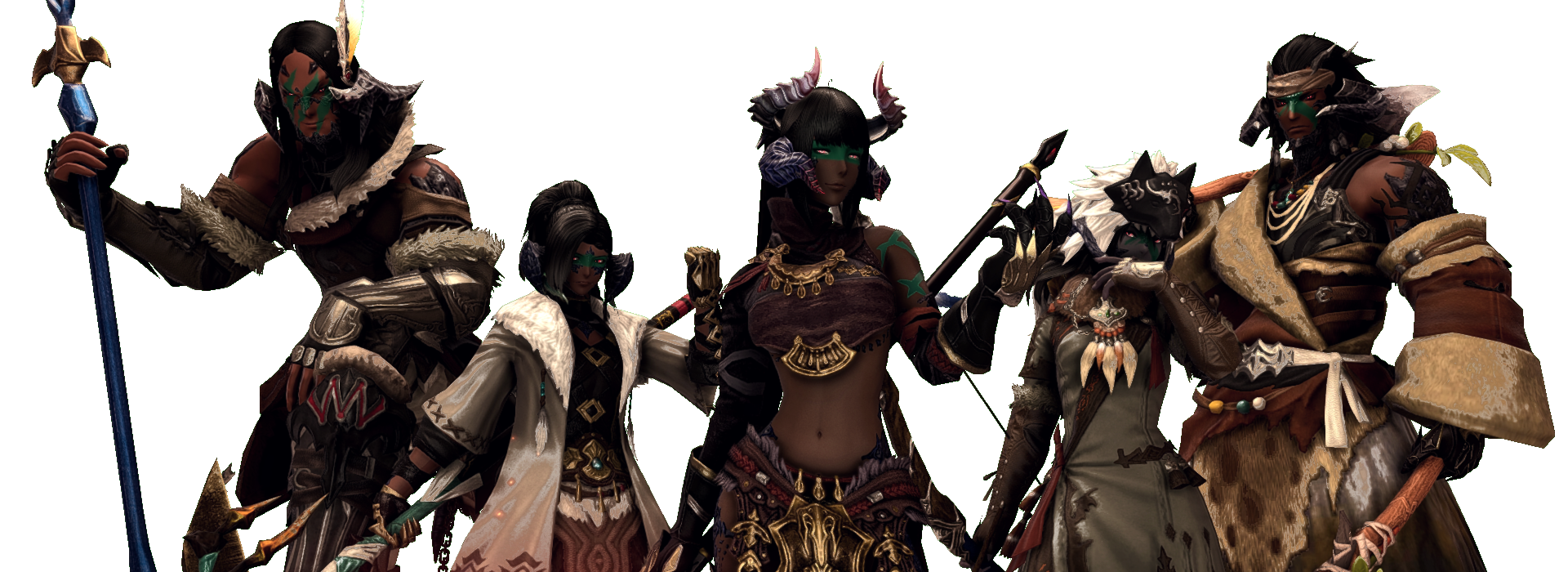
other xaela
The Ubir are a tribe that lives in the border mountains near the northern edge of the Azim Steppe. They rarely make an appearance at the Naadam - and have never competed in it, at least not in recent history. While an uncommon sight at Reunion, travelling hunters do sometimes stop in to restock supplies or sell off hides and bone fragments from their prey.The Ubir are known for their ravenous appetites and strange constitutions - they will often eat foods other tribes might pass up.The Ubir have a long standing, mutual hatred with the Dalamiq. Conflicts between the two are commonplace and bloody.
imperials
The Empire of Garlemald already had little interest in the peoples of the Steppe - and even less in the strange creatures that dwelled to the north.The same, however, could not be said for the Ubir. Drawn to Ilsabard thanks to early Garlean usage of voidsent pacts, lingering folk tales of strange, scaled monsters harrying villages and snapping up military officials have spread throughout the years.In particular, the IVth Imperial Legion - and especially it's mage division - have been the targets of Ubiri hunting parties for years.
othardians
Rumours tell of a tribe of cannibal xaela that lurks in the mountains near the Steppe. Travellers are warned to stay away from the area - the forests where these xaela live are haunted and shunned by the kami.Those who have actually crossed paths with one of these xaela find them to be strange and off-putting, though usually polite enough to shepherd wayward souls to the edge of the forest.Some Yanxian parents use the stories of the tribe as a "warning" to their children - you'd best do your chores or the forest dwellers will come and eat you up!
eorzeans
In distant Eorzea, Ubiri tribespeople are just another bunch of xaela that sometimes pass through. Given the abundance of Allagan ruins and the leftovers of that distant Empire, Eorzea - and especially the Black Shroud - are prime hunting grounds for far-ranging Ubiri tribespeople.A small iloh has been set up in the forest, under the watchful eyes of the Twin Adders, for the Ubir to hunt out of - helping the forest slowly heal from the wounds of Allag and Mhach so long ago.For all Eorzea knows, the Ubir are just particularly talented void hunters - their religious rites are unknown.